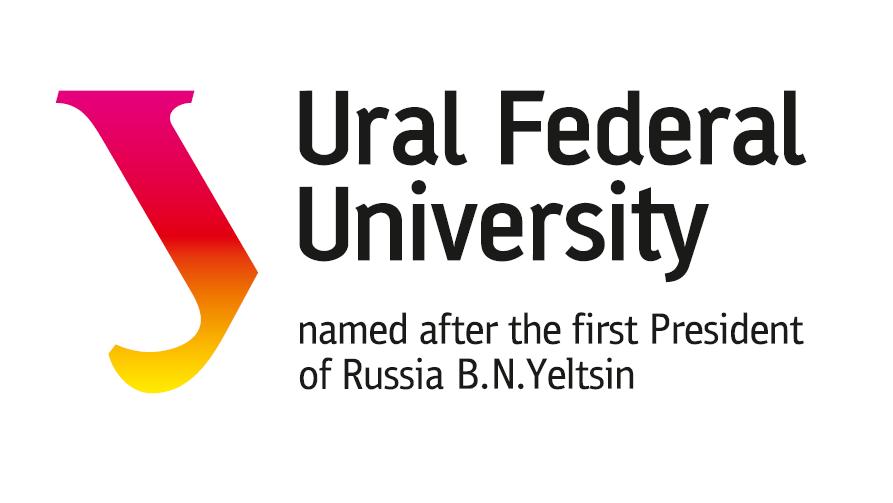Ural Federal University and Austrian Scientists Studied Multicomponent Nanomaterials For Bone Implants
Researchers at the Ural Federal University and the Ural Branch of the Russian Academy of Sciences, in collaboration with specialists from the Graz Technical University (Austria), studied how additives affect the properties of nanocomposite materials, in particular, hydroxyapatite, the basis for bone implants. It turned out that, depending on the amount of additives, the effect of the annealing temperature changes: it determines the intensity of oxidation and defect formation.
The study was supported by the Russian Foundation for Basic Research (project No. 20-03-00675), the results were published in the journal Ceramics International.
One of the tasks of modern orthopedics and traumatology is the development of nanocomposites (multicomponent materials), which can be used to create analogs of bone tissue. In particular, such materials are used to improve the bioactive properties of implants and in the manufacture of small bone prostheses. To increase the effectiveness of therapy, biogenic hydroxyapatite is used – an analogue of the mineral intercellular substance of bone tissue. Hydroxyapatite has a number of important properties: it contains chemical elements in the same forms in which they are in the human body, does not have a mutagenic effect, does not cause side effects, and is not rejected by the body. However, hydroxyapatite often requires strengthening, for example, by combining it with other materials. Titanium and its oxides are considered one of the most effective additives – this element is also capable of enhancing the bactericidal properties of nanocomposites. Having information about all the intricacies of the interaction of the matrix and additives, it is possible not only to directly influence the final properties of the materials obtained, but also to prevent undesirable effects.
To date, there is still no data that would allow describing the interaction of the matrix with reinforcing additives at different temperatures. Therefore, it is important to study the thermochemical and physicochemical phenomena that occur during the heat treatment of nanocomposites containing different amounts of titanium oxide.
Scientists from the Ural Federal University, the Ural Branch of the Russian Academy of Sciences and the Graz Technical University have studied the interaction of a soft matrix and reinforcing additives when exposed to temperature. In the experiment, hydroxyapatite was used with additions of nonstoichiometric titanium monoxide in a ratio of 10% and 20% of the total mass of the substance. Titanium monoxide is of scientific interest it can contain up to 25% of atomic vacancies in both titanium and oxygen sublattices. Vacancies in such a large number significantly affect the formation of nanomaterials during heat treatment. Powder samples were first compressed, after which the tablets were annealed in special quartz ampoules. To determine the properties of the obtained two-phase material, it was gradually heated to a temperature of 1000 ° C, after which it was compared with samples of hydroxyapatite without additives using thermal and X-ray phase analysis.
“When the annealing temperature increased, the titanium monoxide nanoparticles oxidized and took away oxygen atoms from the hydroxyapatite nanoparticles at their contact points. The temperatures of the onset of decomposition of hydroxyapatite and oxidation of titanium oxide depend on the initial amount and composition of the reinforcing component. The interaction of hydroxyapatite and titanium oxides significantly alters the thermal behavior of nanocomposites as compared to pure hydroxyapatite. The study showed that in the development of new nanomaterials, the interaction of the matrix and the additive must be comprehensively studied. It affects defect formation, crystal structure and phase composition, and changes in the properties of additives allow varying the properties of the final material, ”says Svetlana Rempel, leading researcher at UrFU.

